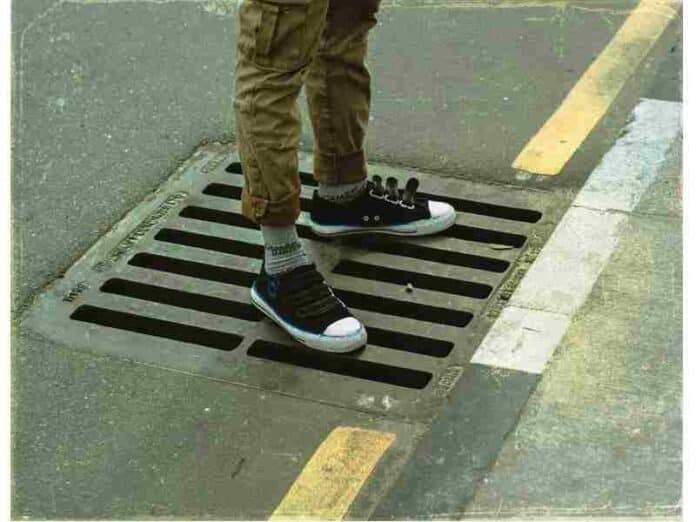
If you’re wondering how to unblock a sewage drain, you’ve come to the right place. We’ll go over drain cleaners, a drain snake, and using a power washer. Using these methods should unclog your drain in no time! Read on to learn more! Once you’ve figured out what’s causing the blockage, you’ll be ready to tackle the problem!
Introduction
Our drains are exposed to more than just a few leftover food items. You can find everything from washing supplies, twigs, branches and several other things in our drains. If you do not want to get your drains clogged and release foul odors and unclean water, then you need to take the appropriate steps. Make sure that you work with a top drain grating supplier Singapore to ensure that your drains are covered at all times. This acts as a filter and prevents things from getting into your drainage pipes.
Using a drain snake
Using a drain snake to unblock your sewage line can be a lifesaver, but you must be careful and follow safety guidelines. The snake head must be inserted into the drain through an access hole in the wall. Never turn on hot water while using the snake as this can damage the pipes. Also, never force the snake into the drain because this could damage the entrance or the pipe. Use the correct length of the snake’s cable and head.
Using a stirrer
A basic method for cleaning a clogged sewage drain is to add baking soda to the line. Baking soda is an alkaline substance that is effective for breaking down dirt, grease, and other organic matter. Adding vinegar to the mixture helps to deodorize the line and neutralize acidic odor molecules. Pouring the solution down the drain will remove accumulated grime, grease, and hair from the pipe. Repeat the procedure at least once a day for about an hour, and after that, run hot water to flush out the solution.
Using caustic soda
Although caustic soda is a highly effective corrosive drain cleaner, it is also a high-risk chemical. Direct contact with caustic soda can cause vision impairment, burns, gastrointestinal ulcers, and even death. Caustic soda should only be used after full protection is in place, and in the case of an emergency, you should call a plumber or other licensed professional to deal with the situation.
Using a power washer
If you’re looking to clean a sewage drain, you may be wondering how to use a pressure washer to get the job done. You can buy a pressure washer that has a sewer jetter, which can unblock clogged drains. The jetter has several jets to break up the clogs and clean the pipes. Pressure washers have moving parts, so they should be turned off according to the manufacturer’s instructions. Lastly, it’s a good idea to have a hose for the pressure washer. You can buy a sewer jetter that has 100 feet of hose and various nozzles, which will work to unclog the drain.
Using a coat hanger
Trying to use a wire coat hanger to unblock a clogged sewage drain can be effective, but it may not be effective. You may break the pipe or even damage it. To avoid damaging the pipe, do not attempt to force the wire hanger down the drain. Instead, you can use a plunger to clear the drain. If this method fails, you should call a plumber for help.
Using a cup plunger
The first step in using a cup plunger to unblock sewage drains is to locate the overflow opening. If you do not know where this opening is, you can cover it with duct tape or a wet rag. In this way, you can prevent the overflow from flooding. Alternatively, you can cover it with water. To find the overflow opening, look for the drain’s overflow opening at the top of the sink or tub.
Using a drainage rod
Using a drainage rod to unblock the sewage drain is a good idea if you want to keep your drain clean and prevent the blockage from spreading further. Drain unblockers are generally narrow metal rods which are twisted to adapt to the bends in the pipe. They should be able to slide through the blockage with ease. While this procedure can take a long time, the end result will be a clear, unblocked drain.
